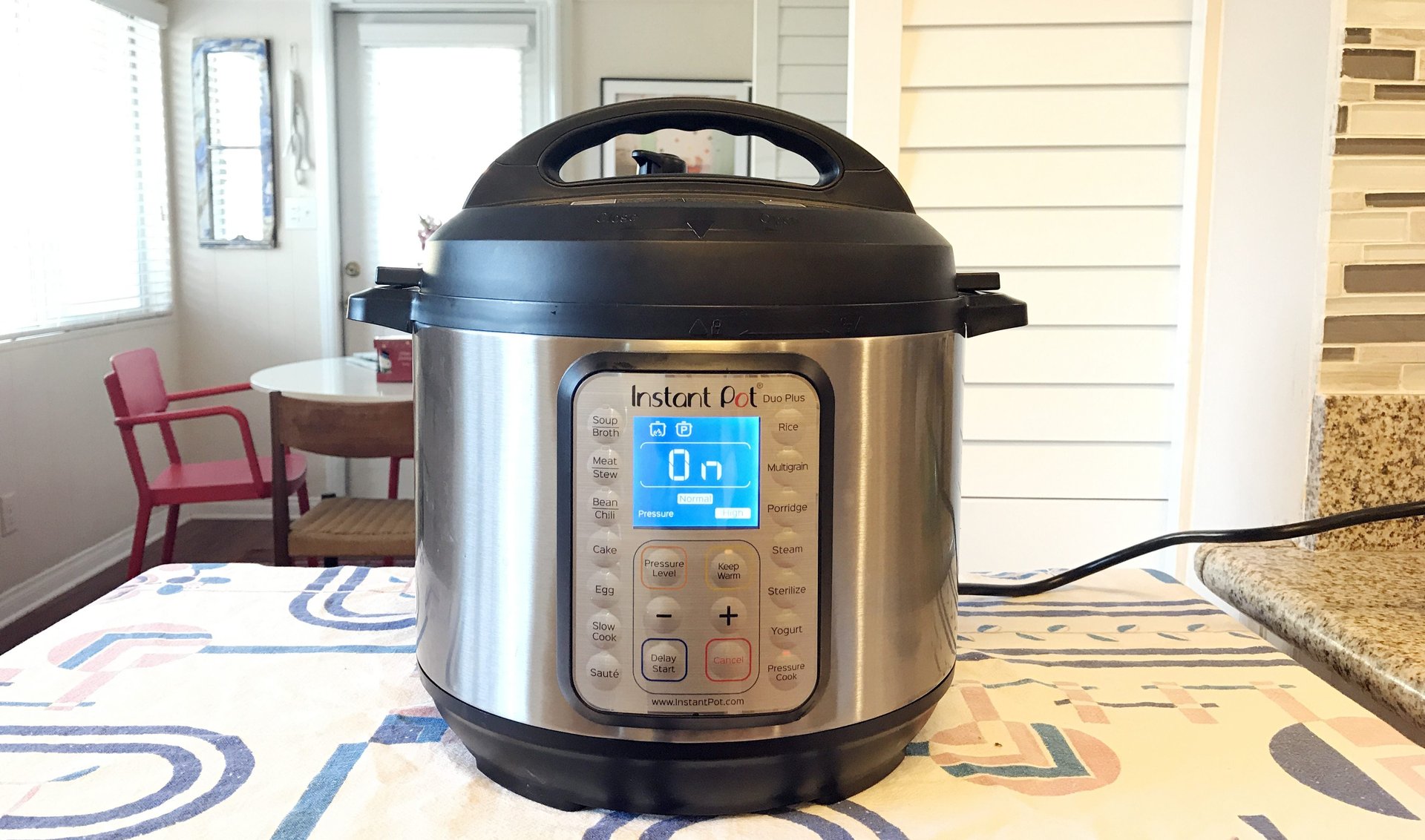There’s a right and a wrong way to use your Instant Pot
“In a so-called high-pressure age we are now doing high-pressure cooking,” wrote Jane Nickerson for the the New York Times in April of 1946, and the statement is true again some 70 years later.


“In a so-called high-pressure age we are now doing high-pressure cooking,” wrote Jane Nickerson for the the New York Times in April of 1946, and the statement is true again some 70 years later.
Back then in the post-war era, home cooks were all about their pressure cookers. In 1950, The New York Times estimated that 37% of US households owned at least one. Then—thanks to the microwave—they fell out of favor. Until the Instant Pot came along.
The Instant Pot, for the uninitiated, is a Canadian-designed electric multi-cooker (including functions for pressure cooking, slow cooking, sautéing, making yogurt, and more). It has gone viral, with a Facebook community of 1.2 million fans, countless blogs devoted to “IP” cookery, and Slate declaring the appliance—which once sold 215,000 units on Amazon in a single day—to be “an entire economy and a religion.”
I finally got one after Thanksgiving, when cooking without one started to feel like abstaining from Stranger Things. Everyone was talking about it, and I just wanted to participate in society again.
I haven’t been much for kitchen gadgets historically, but found myself pretty broken up when it came time to return the Thermomix, a $1,450 mega-appliance that I tested and wrote about last year. The Thermomix is at once a high-speed blender, slow-cooker, mixer, food processor, digital scale, sous-vide machine, and a steamer. But one thing it isn’t: a pressure cooker. And pressure cooking is what makes Instant Pot—with a price-tag less than one-tenth that of the Thermomix—such a sensation.
How does an Instant Pot work?
The sealed environment of a pressure cooker means that water boils at a higher temperature (it’s physics), which allows food to cook much faster. This makes some foods cook better, Quartz’s resident physics expert and longtime pressure cooker enthusiast Akshat Rathi says: The high-pressure steam trapped inside a pressure cooker forces itself inside ingredients like uncooked rice, helping them to retain moisture. And because it does so uniformly, the result is pleasantly puffed up, well-cooked rice.
But it’s not exactly “instant”
A while back, when I asked readers of my newsletter whether they had an Instant Pot—and whether I needed one—several responded with love letters to the appliances containing a single caveat: Instant is a misnomer! The device can take about 10 minutes to come up to high pressure, and then another 10 or 15 to come back down using “natural release,” so a recipe with a 30-minute cook-time at pressure might actually take more like 50 or 55 minutes from start to finish in the Instant Pot. (That said, this risotto has a four-minute cook-time!)
Three basic ways to use your Instant Pot
As I warm up to my Instant Pot, I’ve continuously consulted Quartz editor Indrani Sen—a seasoned cook and mother of two who cooks deliciously unfussy meals and has no fears of gadgetry—for pro-tips. She advises thinking of Instant Pot cooking in three ways:
Weeknight cooking
These are things that can basically be done in 30 minutes or less, like the aforementioned risotto, a side of brown rice or mashed potatoes, or Urvashi Pitre’s internet-famous butter chicken curry. These recipes and shortcuts are not to be confused, as New York Times food editor Sam Sifton also cautioned in his newsletter, with…
Project cooking
These are things like Korean short ribs, pot roast, or a whole pork shoulder (perfect for leftover carnitas), which take at least an hour with pressurizing and depressurizing, so are better relegated to weekends or afternoons, long before anyone’s hangry.
Advanced prep
This seems to be where the love for the Instant Pot remains, long after the novelty has worn off. Hard-cook a dozen eggs to your precise liking—and pickle them if you like!—or cook a pound of white beans you can split into soups and salads, or a pot of bone broth (aka stock) to feed you through the week.
How not to use your Instant Pot
Slow-cooking
This might be hard to swallow for slow cooker-devotees, but as J. Kenji López-Alt demonstrated at Serious Eats, the pressure cooker function of your Instant Pot will probably make things taste better than its slow cooker.
For braises and stews, don’t sweat the sauté function
If you like a deeply burnished piece of meat and have time to sauté before you braise, go for it. But with most stews and longer-cooked meat dishes, the difference browning makes in the final flavor is pretty minimal. So if you’re short on time, skip it.
The oven is still for baking
The Instant Pot is an appliance; it’s not a kitchen. If you’re an avid baker, keep using the dry heat of your oven. I’m not here for Instant Pot banana bread; and the next internet-famous dessert I attempt will absolutely be Alison Roman’s chocolate chunk shortbread cookies.